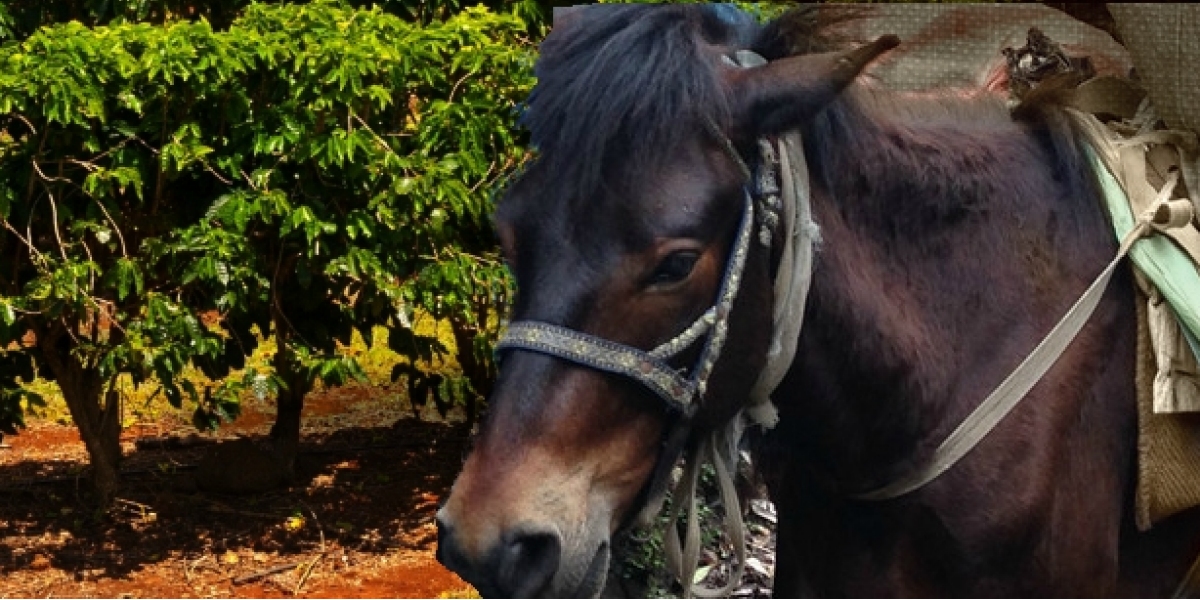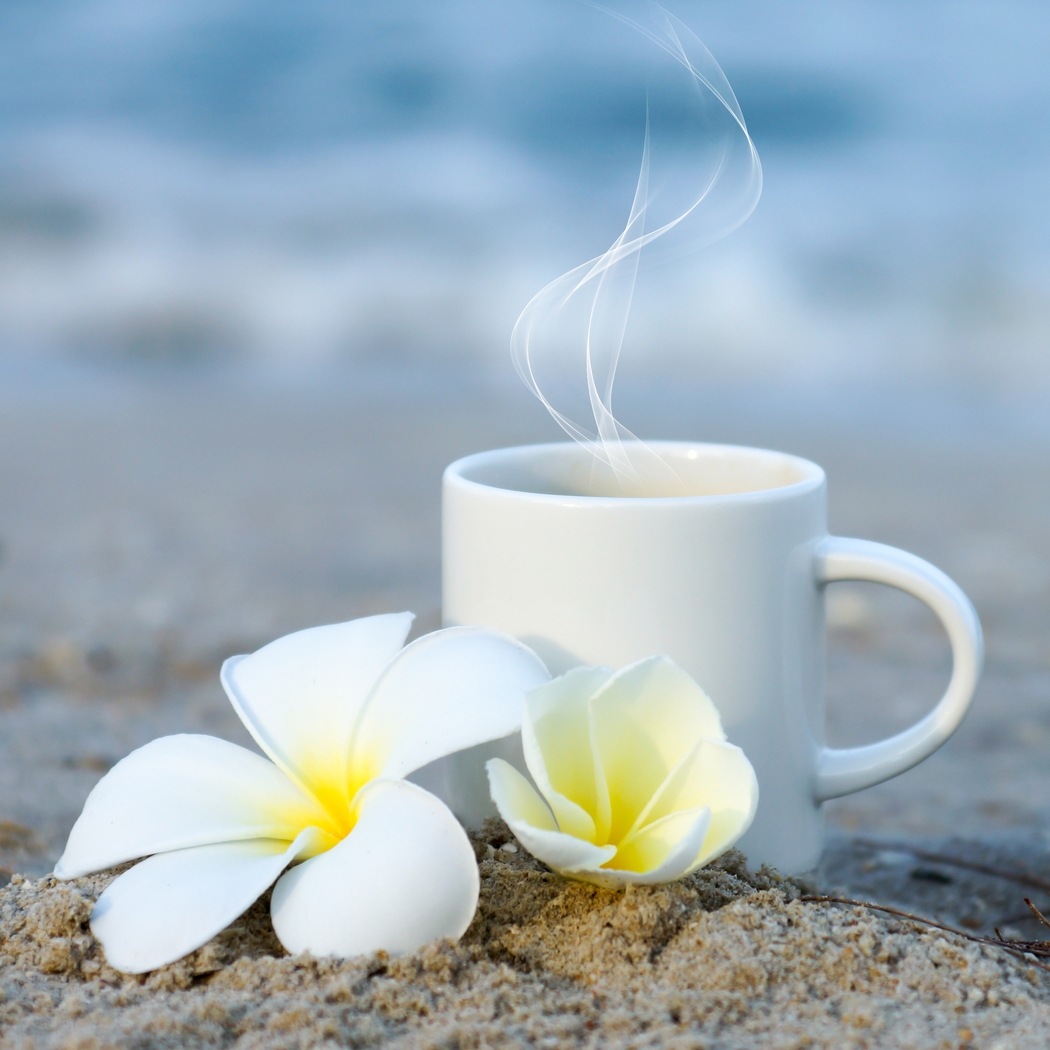
In 1813 Don Francisco de Paula Marin, “Hawaii’s Original Farmer” planted the first coffee seedlings in Oahu. A distinguished horticulturist, he served King Kamehameha I as a personal physician, interpreter and accountant. Sadly, those first seedlings did not survive.
IT ALL STARTED WITH A KING’S TRAGIC DEATH…

In 1825, King Kamehameha II and the beloved Queen Kamalumalu traveled to London with Chief Boki, the Governor General of Oahu.
Tragically, within days, both the King & the Queen died of measles.
Chief Boki returned to Hawaii alone, bringing home the bodies of the King & Queen aboard the British battleship, H.M.S. Blonde.
En route to the Hawaiian Islands, the ship stopped at Rio de Janeiro and Chief Boki obtained coffee cuttings to bring home as a tribute to the King.
Upon his return, he gave the cuttings to his agriculturalist, John Wilkinson, to plant on the Chief’s land.
Once again, there were coffee trees growing on Oahu.
That very same year, Sir Richard Charlton (first British Counsel to the Kingdom of Kamehameha) brought 4 donkeys to Hawaii, arriving aboard another ship. The donkeys were auctioned off, and no one would realize their significance for some time.
![]()

A GREEN-THUMBED PRIEST…
In 1828, Reverend Samuel Ruggles took a few cuttings from Chief Boki’s garden and brought them to the area now known as Captain Cook, on the Big Island of Hawaii.
Chief Boki’s trees had not yet borne fruit, but the Reverend planted the cuttings in his yard simply for his viewing pleasure.
Many years later, this area – hundreds of feet up the side of the world’s most active volcano – would be part of the Kona Coffee Belt.
But, back then, it was the home of a plant-loving priest.
The coffee plants immediately thrived in the optimum weather with sunny mornings and afternoon cloud cover.
The Reverend’s trees grew incredibly fast.
![]()
MAN AND BURRO… SIDE BY SIDE

In 1845, the first shipments of coffee were sent to California. The Hawaiian Coffee industry was born!
When coffee became a commercial crop, donkeys were the backbone of the industry.
A mature donkey could carry 125 pounds at the speed of a human’s walk.
Carrying 2 (50lb) bags of coffee, the donkeys would pick their way down the lava rocks. On the trip back, they would carry goods and provisions for the farmers living halfway up the world’s biggest active volcano.
Burros were easy to care for. Food was available wherever there was greenery and their manure fertilized the fields.
An added bonus was that burros don’t eat Kona Coffee plants.
Burros became part of the farm family, raised and trained with love and care by coffee farmers and their families. Most farmers didn’t ride their burros. Instead, man and burro walked side by side, up and down the rocky volcano.
Without burros, coffee would have been limited to the lower altitudes. It is only because Hawaii had donkeys that the Kona Coffee industry was able to grow and flourish.
![]()
THEY ARE CHOPPING DOWN THE KONA TREES…
In addition to coffee, Hawaii had also been producing and exporting sugar since 1835. But, the U.S. Tariff on sugar was a major obstacle to expanding sugar production. The high tariff, ranging from 20% up to 42%, hampered the profitability of producing sugar on the Islands.
In 1900 the tariff for sugar cane shipped from Hawaii to the United States was removed. Sugar cane was not nearly as labor intensive as growing and hand-picking coffee.
Suddenly, coffee trees were being chopped down. Many coffee farms were completely plowed under to plant and harvest sugar cane.
In the 1930s, the Great Depression reduced coffee market prices even more. The few remaining coffee farmers were struggling.
No one was sure the Hawaiian Coffee industry would even survive.
![]()
A TASTE OF ALOHA!

Over the next 20 years, WWII and frost in South America caused Hawaiian coffee prices to slowly rise again.
The growth in prices was just enough for small farms to become established in what became known as the “Kona Coffee Belt” on the western slopes of Mauna Loa — the world’s largest volcano.
In 1959, Hawaii became the 50th state. Tourism brought exposure to Hawaiian Coffee, and many tourists loved the taste of Aloha, and brought Kona Coffee home with them.
Since the 1980s, there is less and less consumer demand for sugar. We are happy to say that most of those regions are being converted, once again, to coffee plantations.










